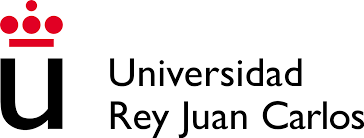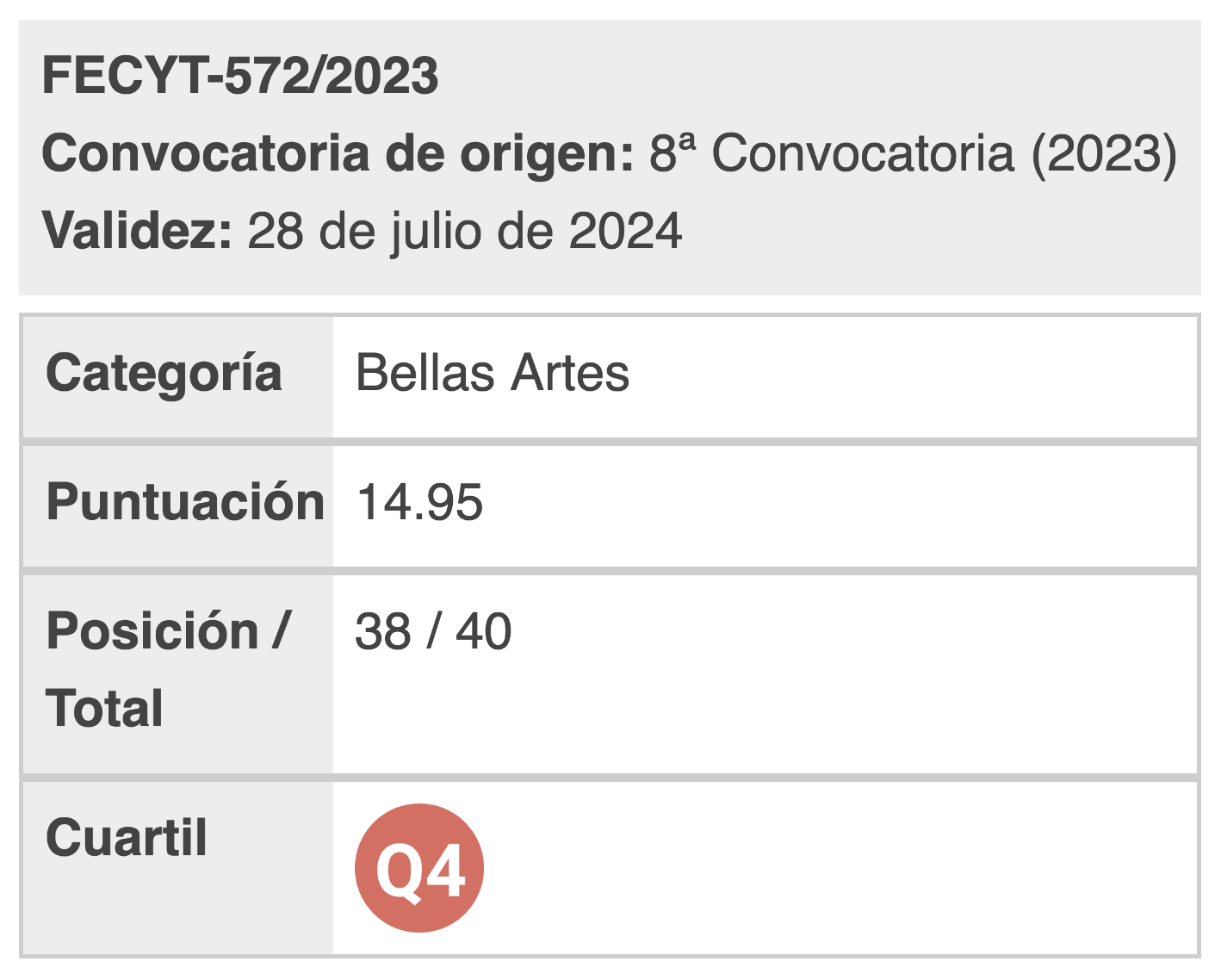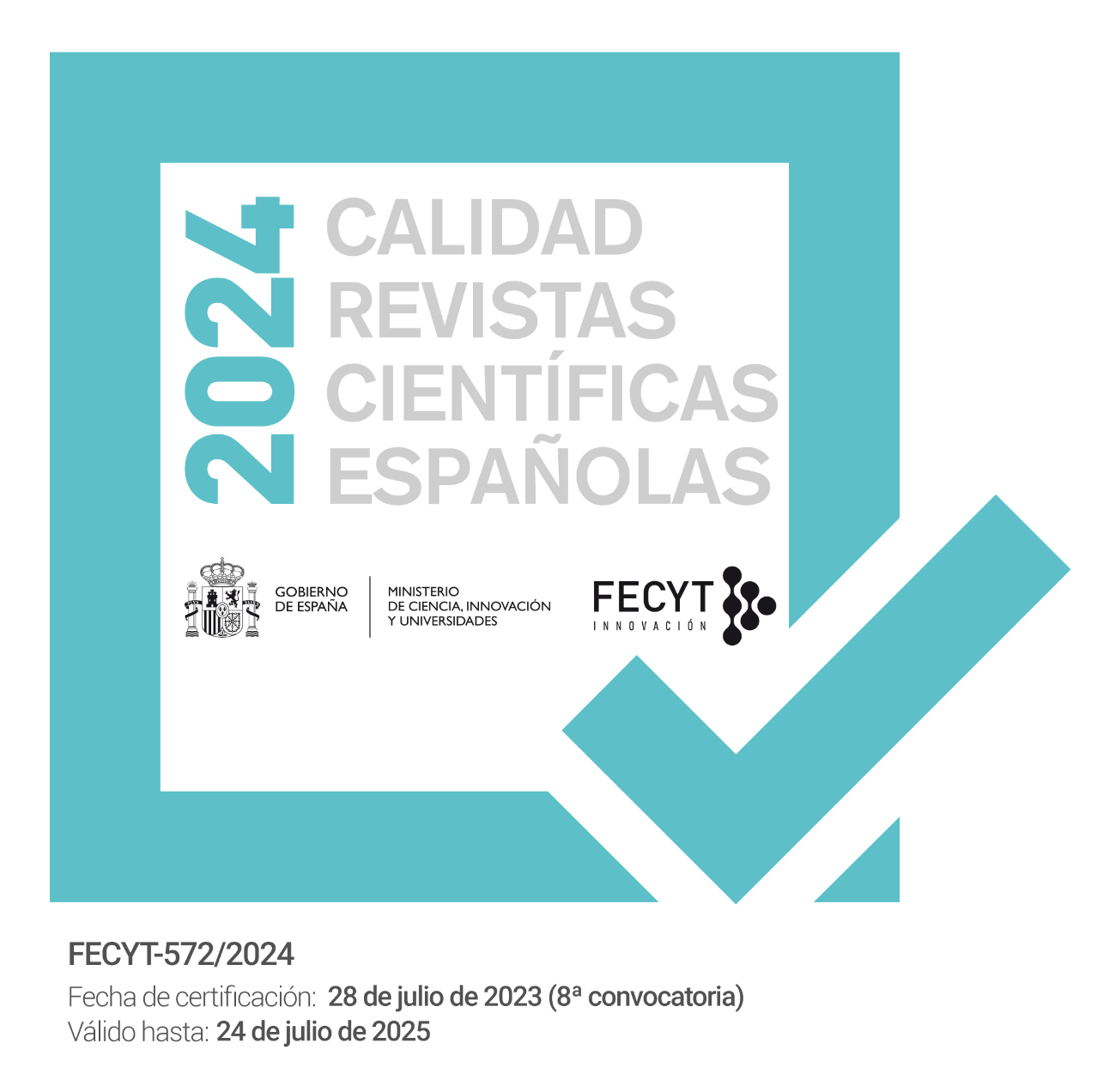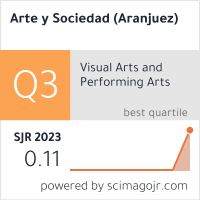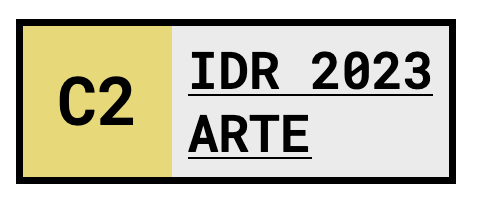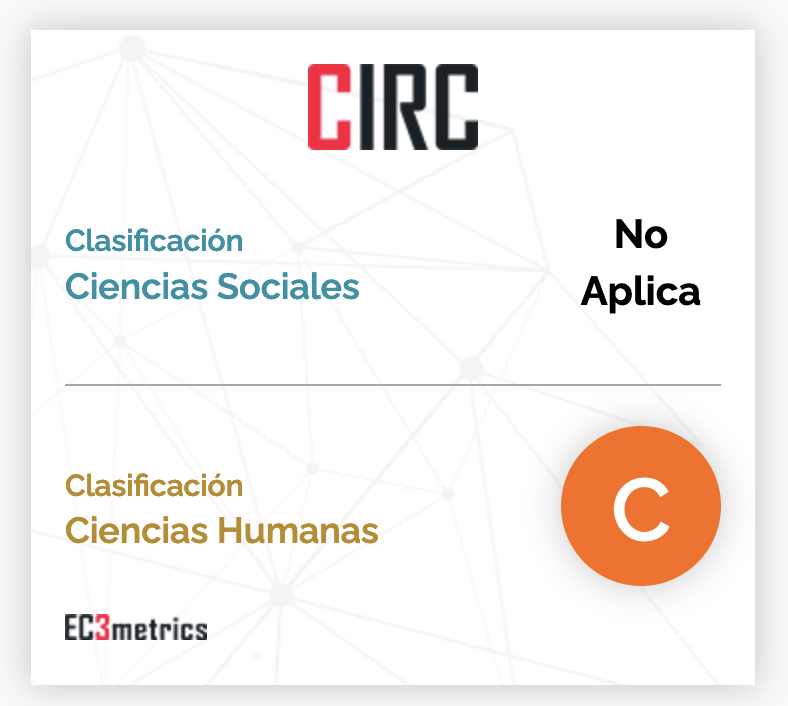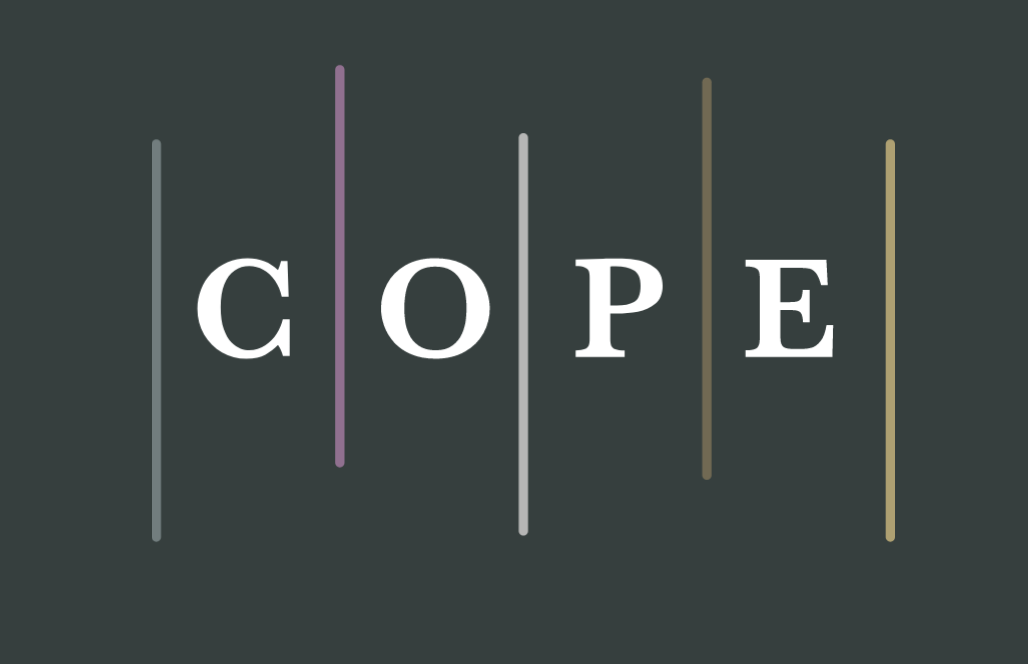Cuttings and Punk Music agains the Canon of Beauty in Basque Feminist Videoart
DOI:
https://doi.org/10.5281/zenodo.8184306Keywords:
Video art, feminism, beauty, nineties, Basque CountryAbstract
Throughout the eighties and nineties, one of the key places for the development of video art in the Spanish state was the Basque Country. Among the works of that time, those created by reusing images from women's magazines stand out. Through photocopies, cutouts or even involving the body itself, the artists critically reinterpreted the promotion of the feminine aesthetic canon. The article suggests that common tactics of academic interest were used in this critique and advocates for the enhancement of the selected works, considering them key to the construction of a historiography of feminist art. To make this contribution, first of all, a framework is created around the canon of beauty from the end of the 20th century, to later analyse four creations by the artists Elena Marrodan and Estibaliz Sádaba. The analysis of the works is developed through the cross-sectional study of two elements: the aesthetics of uniformity and punk music. In this way, it is explored how the aesthetic homogenization promoted by the beauty canon was criticized, to later explain what meaning the punk music used in the works added.The abstract should be a concise statement of the subject, approach and conclusions.
References
Aliaga, J. V. (2013). Lo que las obras rezuman. Un recorrido informado por la producción artística de Genealogías feministas en el arte español: 1960- 2010. En J. V. Aliaga, y P. Mayayo (eds.), Genealogías feministas en el arte español: 1960-2010 (pp. 51-88.). This Side Up.
Barcenilla, H. (2016b). Rompe la ventana. Exposición y ocultación en Exhibition 19 de Señora Polaroiska. En P. Peyraga, M. Gautreau, C. Peña Ardid y K. Sojo Gil (coord.) La imagen translúcida en los mundos hispánicos. Orbis Tertius.
Barcenilla, H. (2018). Ikusgarritasun animatua. En Vv.Aa. Bideo-Artea. Bideogintzaren ibilbideak Euskal Herrian - Video-Arte. Recorridos por la creación videográfica en Euskal Herria (pp. 67-80). Servicio Editorial de la Universidad del País Vasco.
Bezanilla, E. (2015). Elena Bezanilla. La hija okupa de Maurizia. En E. López Aguirre Neskatxa maite. 25 mujeres que la música vasca no debería olvidar (pp. 96-103). Baga Biga.
Crego Morán, J. (1995). La institucionalización del videoarte en españa: influencia de las instituciones en un arte en formación. [Tesis doctoral]. Universidad del País Vasco UPV/EHU.
De Prins, F. (1995). El cuerpo manipulado. Erreakzioa-Reacción, 2, 2.
Elorza, C. y Sádaba, E. (2017). A modo de presentación. En Sádaba, E. (ed.), Intersticios (pp. 11-20). La Gándara.
Esteban, M. L. (2013/2004). Antropología del cuerpo: género, itinerarios, corporales, identidad y cambio. Bellaterra.
Ganzabal Learreta, M. (1996). La prensa femenina española en los 90. [Tesis doctoral]. Universidad del País Vasco UPV/EHU.
González Antona. A. (1995) El video en el país vasco (1972-1992): : reflexiones en torno a una práctica artística del video. [Tesis doctoral]. Universidad del País Vasco UPV/EHU.
Rekalde Izagirre, J. (1988). Una experimentación en el campo del video-arte fundamentada en la noción de transformación temporal. [Tesis doctoral]. Universidad del País Vasco UPV/EHU
Rekalde, J. (2008). Panorama del Arte vasco contemporáneo en relación con las nuevas tecnologías, Ondare, 26, 135-171.
Sádaba, E. (2017). Espacio doméstico, cuerpo domesticado. Una aproximación al ámbito doméstico desde la práctica artística feminista. [Doktorego tesia]. Universidad del País Vasco UPV/EHU.
Sustatxa, E. (2015). Elene Sustatxa. Desgarrando el orden establecido. En E. López Aguirre (2015). Neskatxa maite. 25 mujeres que la música vasca no debería olvidar (84-95. or.). Baga Biga.
Vicario (2016) De Tarzán a Jane: El cine de animación experimental en el País Vasco [Tesis doctoral]. Universidad del País Vasco UPV/EHU
Villota, G. (1992). Bodies Parade. Arteleku.
Wolf, N. (2002/1990). The Beauty Myth. HarperCollins.

Published
How to Cite
Issue
Section
License

This work is licensed under a Creative Commons Attribution 4.0 International License.
You are free to:
Share — copy and redistribute the material in any medium or format.
Adapt — remix, transform, and build on the material for any purpose, including commercial.
Attribution — You must properly acknowledge the authorship, provide a link to the license, and indicate if any changes have been made.
You may do so in any reasonable manner, but not in any way that suggests that you endorse or receive any endorsement by the licensor for your use.
No additional restrictions — You may not apply legal terms or technological measures that legally restrict you from doing what the license allows.

